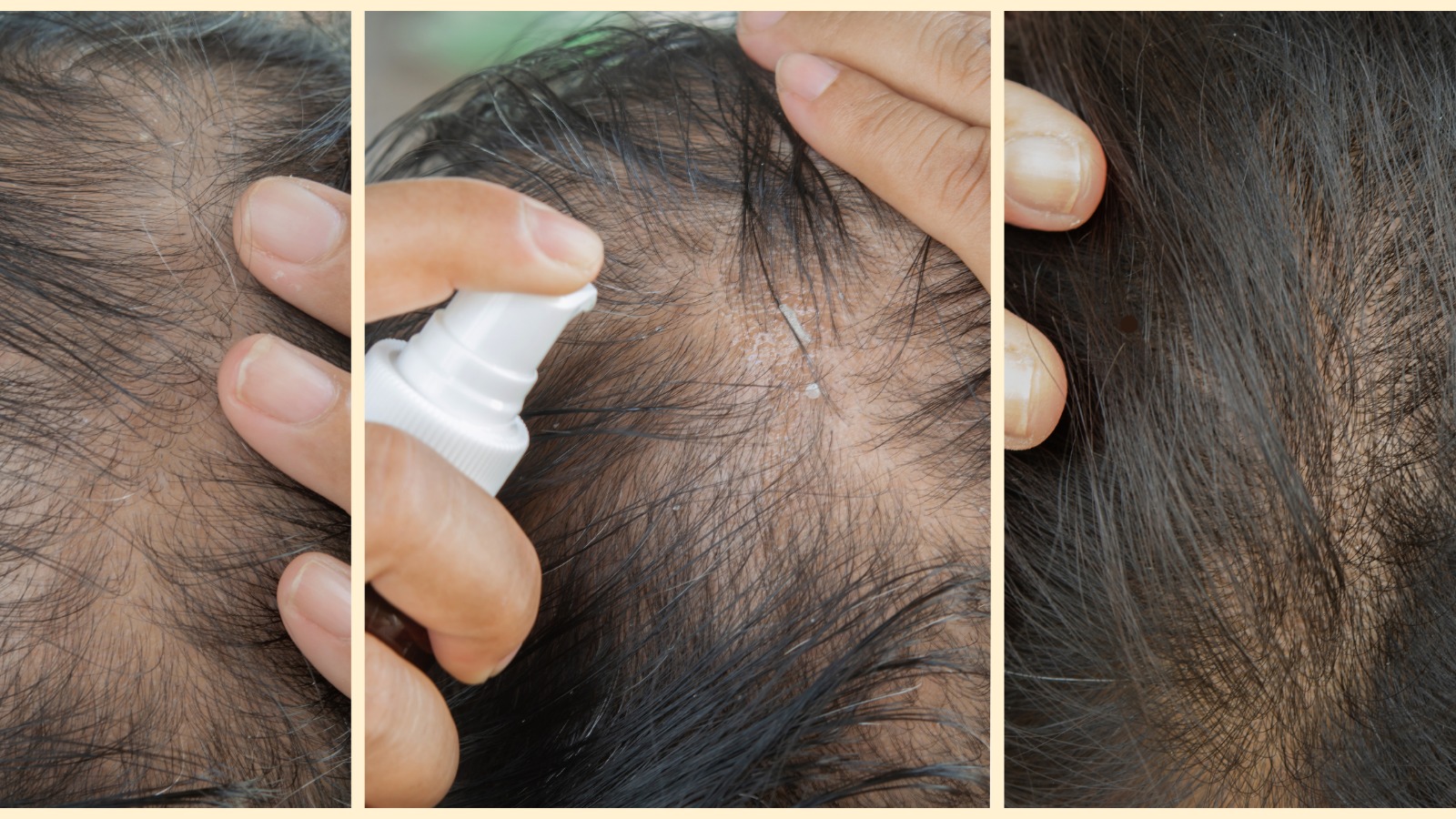
The Secret Power of Beauty Sleep for Your Inner Glow
Introduction: In our fast-paced lives, finding time for self-care can be challenging. Yet, one of the most effective and effortless ways to enhance your natural

Introduction:
Fizzy hair can be a daily frustration for many individuals, leaving them feeling perplexed and seeking solutions. However, understanding the underlying science behind fizzy hair is the first step towards effectively managing it. In this comprehensive guide, we delve into the intricate structure of hair and explore scientifically-backed techniques to tame fizzy locks once and for all.
Conclusion:
Understanding the science behind fizzy hair is key to implementing effective management techniques. By addressing the underlying causes and employing science-based strategies, you can achieve smoother, more manageable locks. Remember, consistency and patience are essential on the journey to taming fizzy hair and embracing healthier, happier strands.

Introduction: In our fast-paced lives, finding time for self-care can be challenging. Yet, one of the most effective and effortless ways to enhance your natural

Introduction: In the pursuit of luscious locks and healthy hair, many of us explore various treatments and remedies. One such method that has garnered significant

Introduction: Your wedding day is one of the most memorable days of your life, and every bride deserves to look and feel her absolute best.

Introduction: Bald spots can be a source of concern for many, impacting self-esteem and confidence. While various factors contribute to hair loss, including genetics, stress,

Introduction: Working out is great for your body and mind, but it can also take a toll on your skin if you don’t follow the